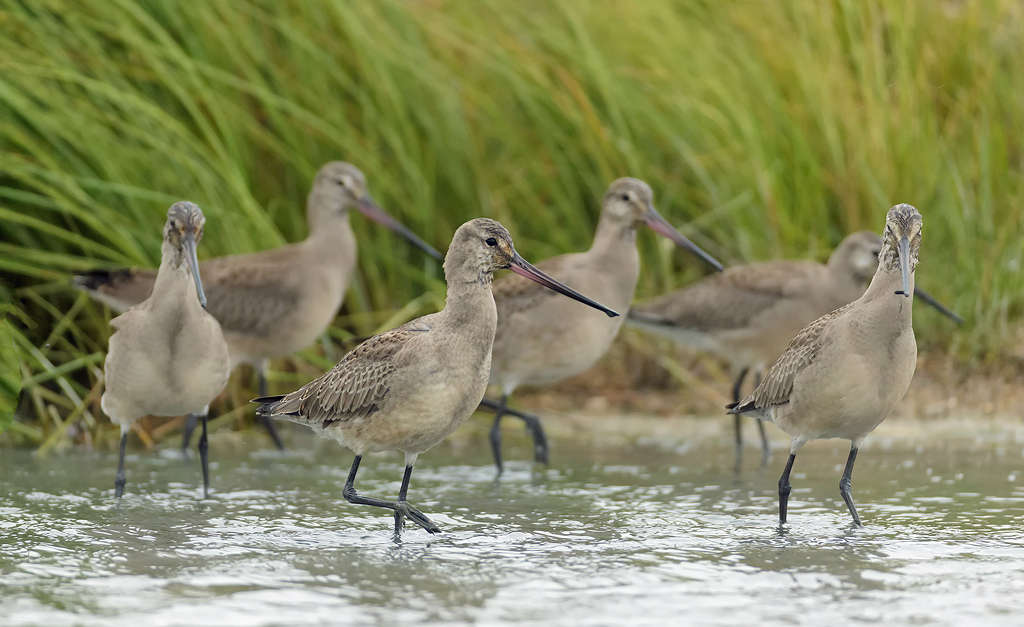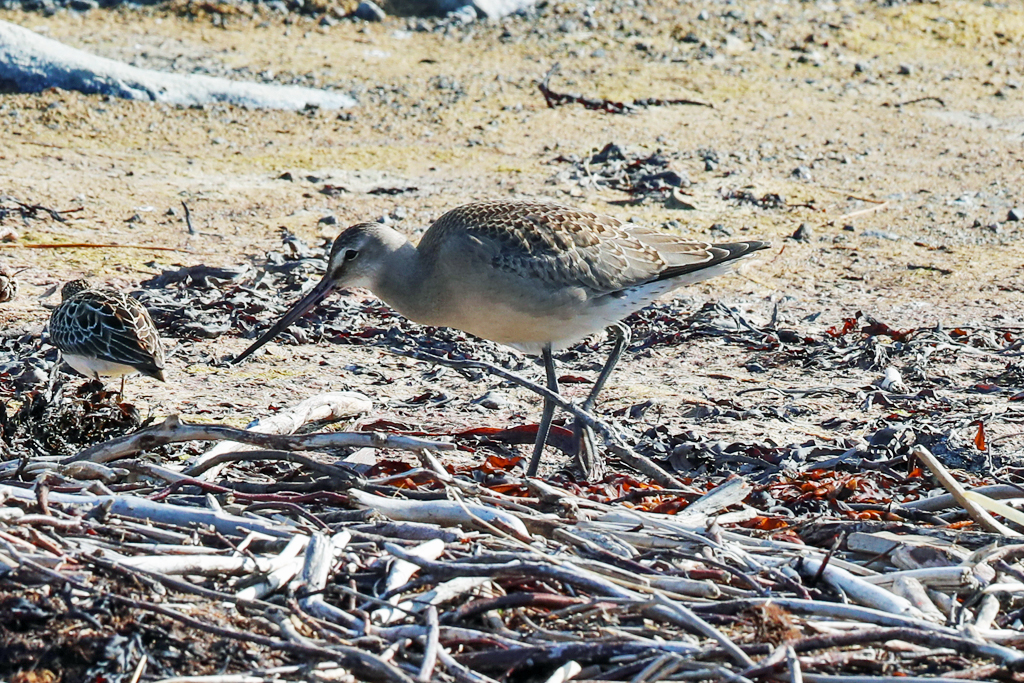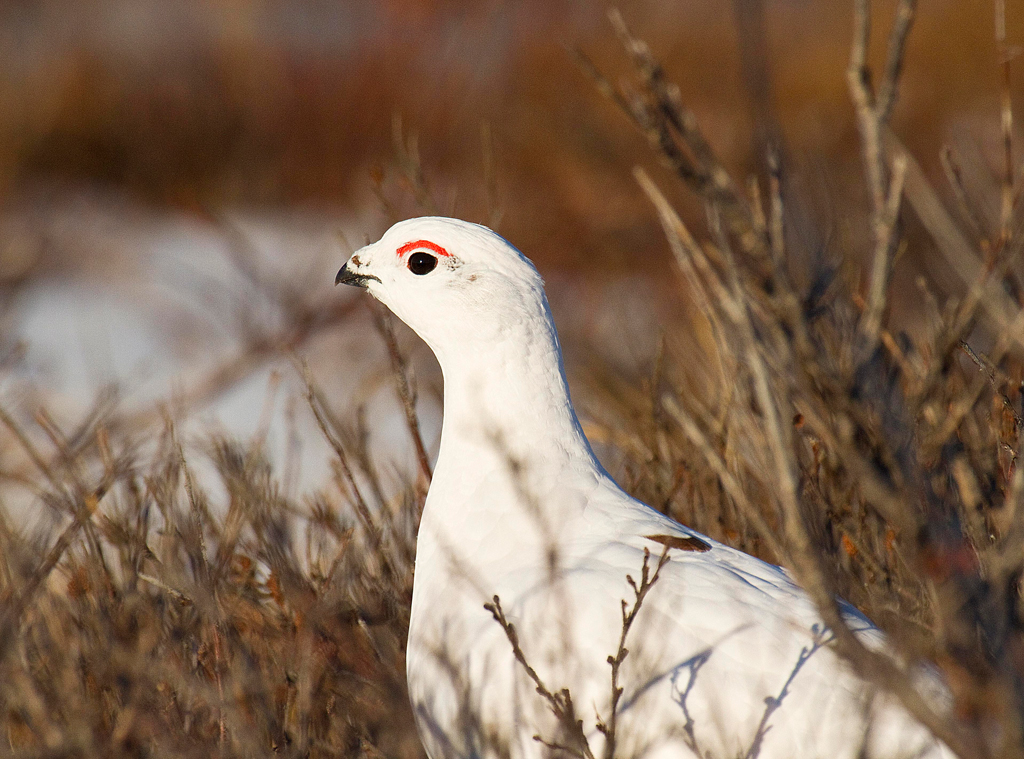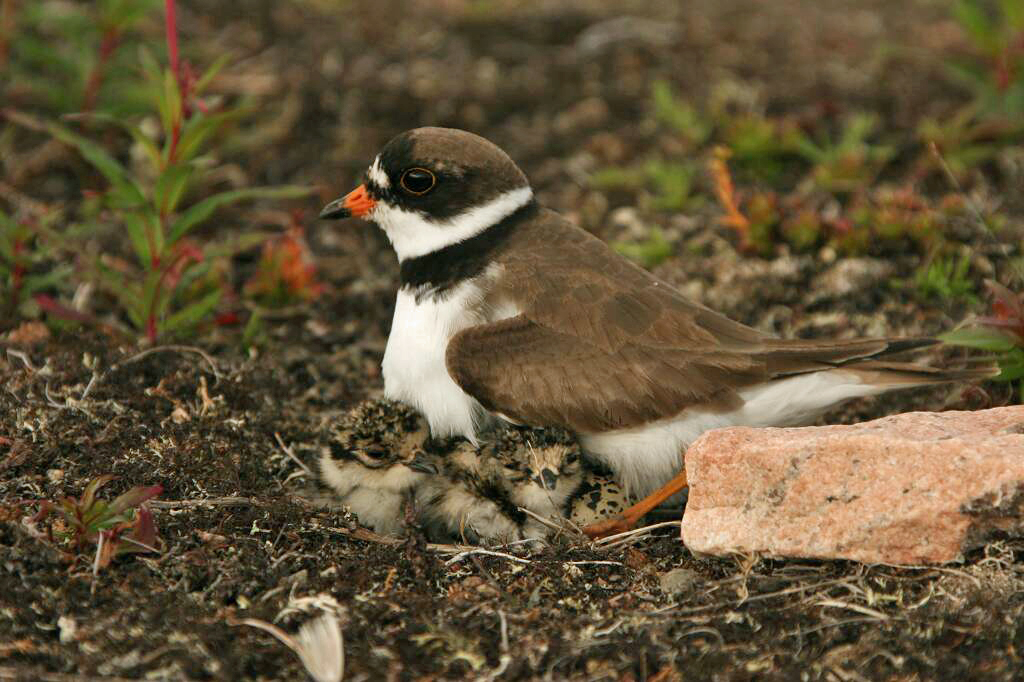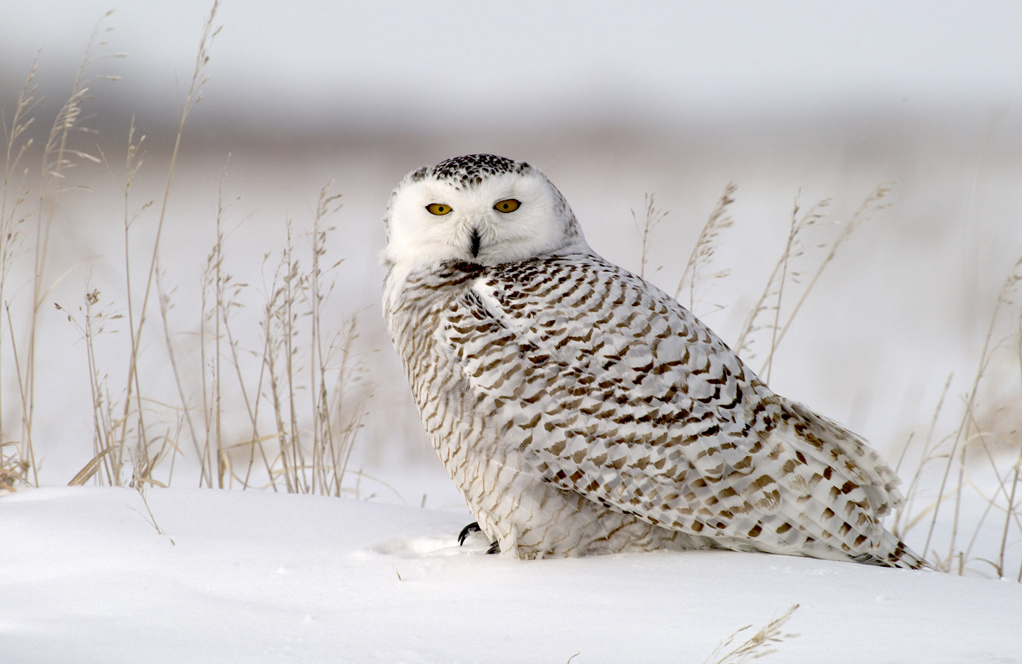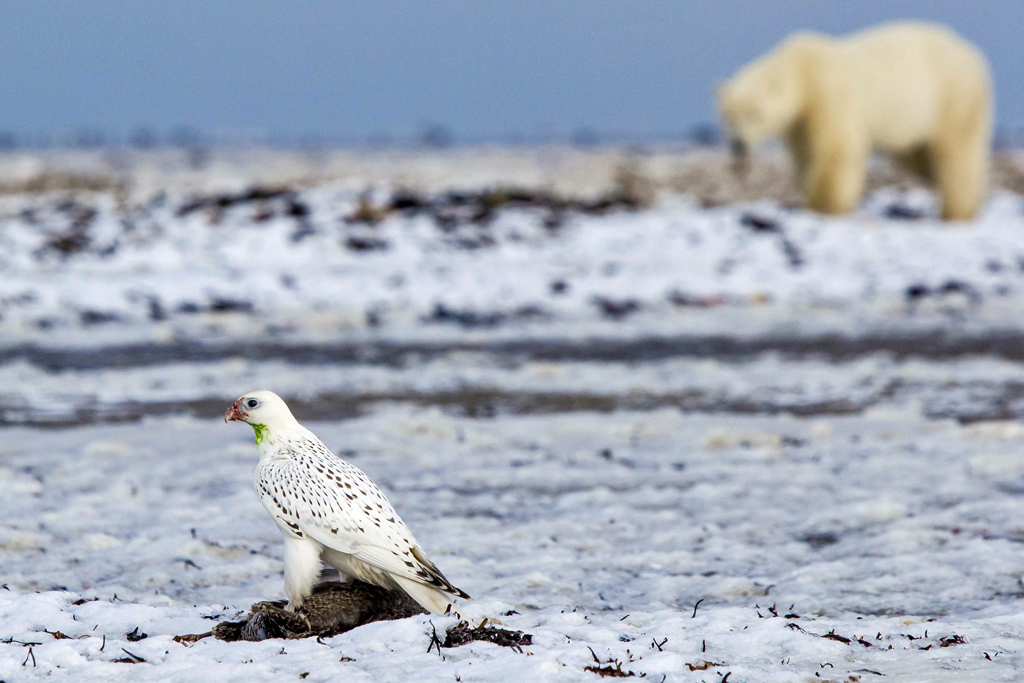by Allison Reimer
Most of our Churchill Wild guests visit us for the rare experience of walking with polar bears, but they also enjoy swimming with beluga whales, and the opportunity to get close to wolves, moose, Arctic fox, wolverine, caribou and a variety of other wildlife. We also get some very serious bird aficionados at our polar bear lodges during the summer, and they love what they discover!
This year marks the centennial of the most powerful and important bird-protection law ever passed, the Migratory Bird Treaty Act. In honor of this milestone, nature lovers around the world are joining forces to celebrate 2018 as the Year of the Bird and are committing to protecting birds today and for the next 100 years.
Different challenges have been designed for each month during the Year of the Bird. In February the challenge is The Great Backyard Bird Count (GBBC). We can’t count the birds at the Churchill Wild lodges in February, but we can certainly count them at home, and you can too!
As a participant in the GBBC, you’ll count the birds you see in your backyards from February 16-19 and report the tally to help scientists track the health of bird populations. Put up a bird feeder to draw in your feathered friends and head to official Great Backyard Bird Count Web site to enter what you’ve seen.
We only wish the GBBC was taking place from July to November, when we’re up at the lodges running our polar bear safaris, because we see all kinds of birds! And the birds of Churchill Wild are some of the bravest on the planet when you consider that they’re taking to the sky just south of the 60th parallel. It’s chilly up in that Arctic sky!
I recently wrote an article debunking myths about polar bears, but today I want to deflate the myth that says the Arctic is short on birds. My favourite bird is a snow bunting and they’re the most fun to observe during the winter. Snow buntings are chubby, have a pretty fawn-like colouring, and are amusing to watch as they unsuccessfully try to perch their round bodies on frozen sea lime grass.
It’s during the summer however, that Churchill Wild really becomes a birder’s paradise. During our Birds, Bears and Belugas departure there is a myriad of birds migrating up and down the coastline. Starting with our waterfowl, we have plenty of common eider, mergansers, different species of scoter and more. Of course, being Canada, there certainly isn’t a shortage of Canada geese or snow geese either.
All our guests are equipped with a birding checklist when they get to the lodges. This is because there are too many possible bird sightings to sum up in a few sentences! Ptarmigan are another famous Canadian bird found at our lodges, sporting brown plumage during the summer and donning snow-white feathers for the winter. These interesting characters have furry feet and love to hang out in the willows like Christmas ornaments.
If you have an interest in loons, we have sightings of red-throated loons, common loons and pacific loons. Best to start brushing up on your loon call! We also see predatory birds including osprey, golden eagle, bald eagle, gyrfalcon, peregrine falcon, northern goshawk, rough-legged hawk and the fabulous snowy owl.
In the summer months, hearing the calls of sandhill cranes becomes akin to background music on your hikes. The tidal flats are also rolling with different breeds of sandpipers, their gangly legs darting them back and forth among the rocks. Guests have also spotted yellow rails, sora, Wilson’s snipe and two types of phalaropes.
Growing up around the Churchill Wild lodges, we spent a lot of time searching for plover and killdeer nests amidst the gravel. Careful to just observe them, it was our version of a treasure hunt to find their speckled eggs, and we made sure never to disturb them.
There are three types of jaegers in the area, an abundance of Arctic terns, and half a dozen or more species of gull including herring gulls, ivory gulls, and glaucous gulls. Owls are known to stick their beaks in occasionally too, and seeing a snowy owl skimming across the snowscape in search of mice or lemmings as winter approaches is quite a sight to behold. On that subject, watching gyrfalcons and peregrine falcons hunt is also a rare treat for guests, especially when it can be viewed from the dining room window.
There are many adorable warblers flitting about our lodges as well, with yellow warblers being among the most decorative on the tundra landscape. Black-capped chickadees and white-crowned sparrows are also fun to watch. We have at least a dozen different sparrow types, as well as thrushes, waxwings and flycatchers.
While we may not have the incredible plumage of the Amazon, there are more birds on the Hudson Bay coast than some might think, and there are plenty of opportunities to view them while out on a hike, or from the viewing decks at our lodges. Make sure to watch closely.
You never know who might fly in for the day.


